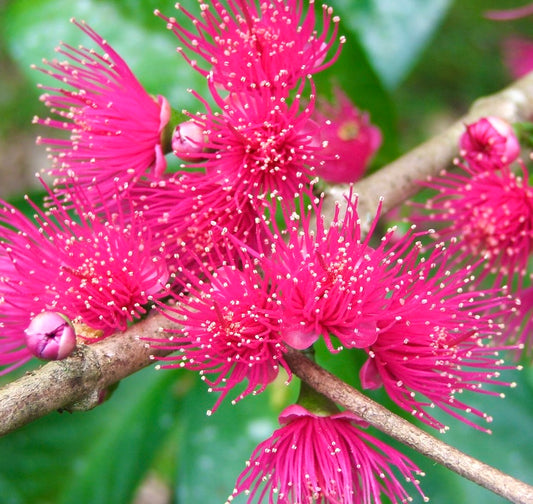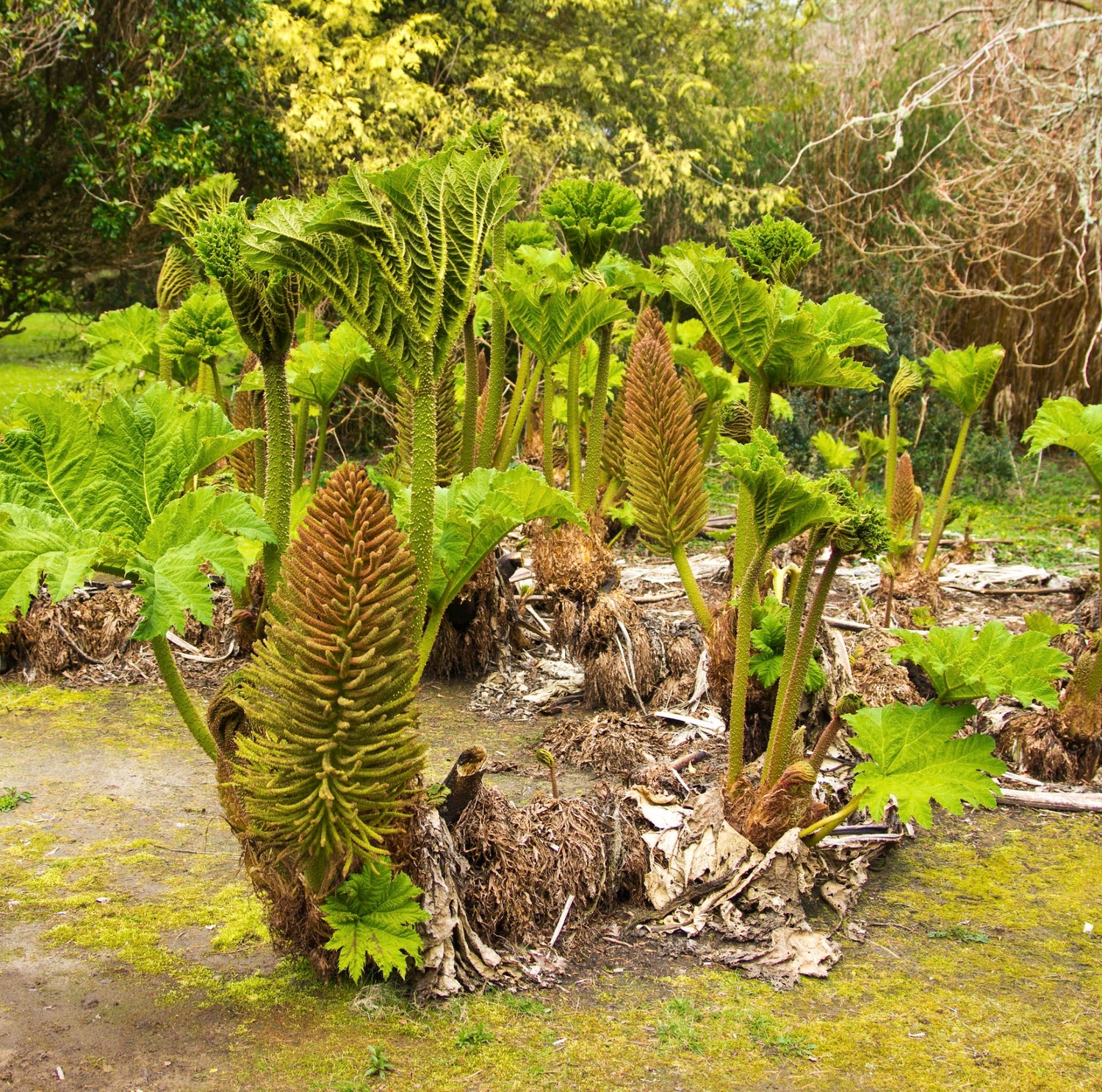Syzygium: The Fascinating Genus of Tropical Trees and Shrubs
An Overview of Syzygium
The Syzygium genus comprises over 1,200 species of tropical and subtropical trees and shrubs, including the well-known Syzygium aromaticum (clove) and Syzygium cumini (Java plum). These plants are native to Asia, Africa, and Australia, thriving in diverse climates and offering significant ecological and economic value.
Syzygium in Ecology and Cultivation
Many Syzygium species play a crucial role in their natural ecosystems, providing food and shelter for wildlife. They are cultivated worldwide for their fruits, essential oils, and ornamental appeal. Popular species such as Syzygium lilly pilly are widely used in landscape design for their dense, evergreen foliage.
Health Benefits of Syzygium Fruits
Species like Syzygium cumini and Syzygium jambos are valued for their health benefits. Their fruits are rich in antioxidants, vitamins, and medicinal properties, aiding in digestion and blood sugar regulation. The Syzygium fruit is commonly used in traditional medicine across various cultures.
Syzygium in Culinary and Medicinal Uses
From the aromatic Syzygium aromaticum (clove) to the sweet and juicy Syzygium malaccense (Malay apple), this genus offers diverse culinary applications. Many Syzygium species are used in herbal remedies and natural medicine, contributing to health and well-being.









